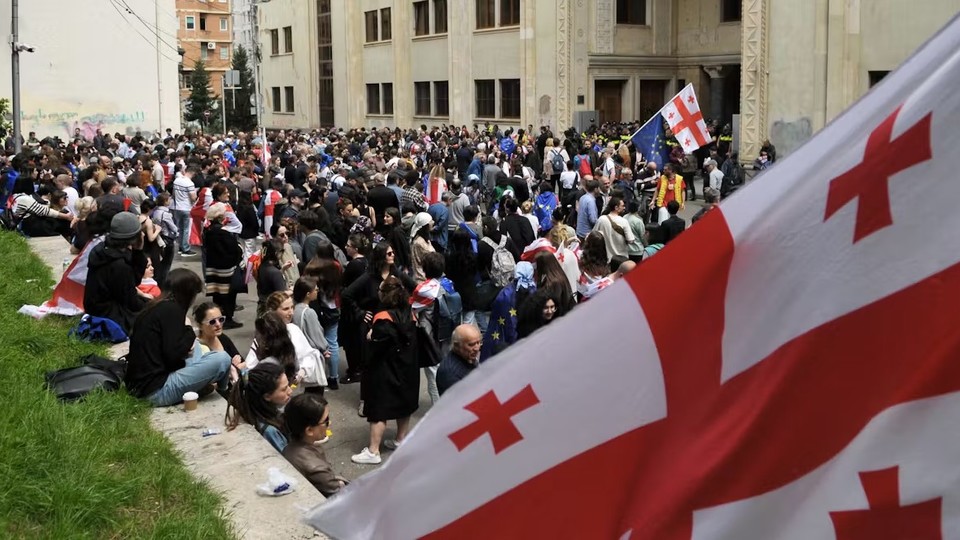
Chain Reaction
How Protest Tactics End Up Influencing Protesters
Based on research by Alessandro Piazza, Dan Wang and Sarah A. Soule
How Protest Tactics End Up Influencing Protesters
- Social movements have proliferated over the last decade — and with them, the need to better grasp how they develop.
- Much of their growth comes from tactics that create a sense of collective identity, from protests to petition drives to online mobilization.
- At the same time, efforts to grow inadvertently unleash infighting and division — leading many social movements to flounder.
Brexit, Tea Party, Arab Spring. Black Lives Matter and MeToo. Protests in Hong Kong, Chile, Paris, Beirut, Baghdad and Barcelona. In recent years, the depth and variety of global social protest has exploded.
How did these movements grow and strengthen — and what are the perils that sometimes ruin them? In a recent paper, Rice Business professor Alessandro Piazza joined Columbia University’s Dan Wang and Stanford University’s Sarah A. Soule to analyze the dynamics of the movements shaping our times.
To do it, they scrutinized existing research on today’s golden age of social protest. The three researchers reviewed roughly 120 academic papers and other source material, comprising the total relevant literature about protest tactics.
First off, the researchers noted, social movements don’t develop in a vacuum: Many current movements have given a voice to an aggrieved group by speaking with a collective identity. Movements such as Brexit or MeToo, for example, express protestors’ rejection of unwanted actions from others.
Yet both Brexit and MeToo have varied memberships and include a mix of political and social outlooks as well as a range of ethnicities, nationalities, social classes, ages and even genders. What brings such protest movements together, Piazza and his colleagues write, is their “tactical repertoires” — the array of techniques they use to reach their goals.
To be sure, people with grievances have many ways to make their cases. But specific actions carry their own cultural meaning, and this meaning helps bind members of diverse groups together. A particular protest movement’s repertoire might emphasize demonstrations, strikes, sit-ins, flash mobs or artistic performances. Each of these tactics draws outside attention — and also heightens solidarity within the movement.
Tactical gestures have become especially important in recent years, because so much activism begins and coalesces online. A Twitter hashtag, a Facebook group, hacking into online networks — all have become tools that help social movements strengthen and grow. Through the power of social media, tactical approaches often resonate well beyond the first people to use them. As a result, techniques are often similar throughout an entire movement, sometimes across continents.
In November 2019 in Chile, for example, activists protesting rape culture started publicly performing a dance called “A Rapist in Your Path.” It quickly spread to Argentina, Colombia, Spain, the U.K., the U.S. and Turkey and became a recognizable visual protest. It’s a classic example of how activist groups can adopt tactics across the globe to broaden the cultural resonance of their cause. Such tactics should be studied in much greater detail, Piazza and his colleagues note.
At the same time, tactics may not be enough to keep a movement afloat. In 1966, for example, the Red Guard youth movement in China was beset by a snarl of factions that, together, harmed the movement’s larger effectiveness. Similarly, in “Homage to Catalonia,” George Orwell brilliantly documents how during the Spanish Civil War the anti-fascist forces broke down into irreconcilable groups, allowing dictator Francisco Franco to easily defeat them. More recently, the organizers of the Women’s March on Washington had to battle internal factional differences to pull off their event. In other words, sometimes the very effort to unite large groups for a cause can imperil meaningful social change.
Regardless of such challenges, social movements continue to express themselves in creative new ways. Piazza and his colleagues’ insight is how these tactics have powerful dual roles: both as messaging tools and as membership badges that heighten the loyalty of those who use them.
Alessandro Piazza is an assistant professor of strategic management at Jones Graduate School of Business at Rice University.
To learn more, please see: Wang, D., Piazza, A., & Soule, S. A. (2018). Boundary-spanning in social movements: Antecedents and outcomes. Annual Review of Sociology, 44, 167–187.
Never Miss A Story


